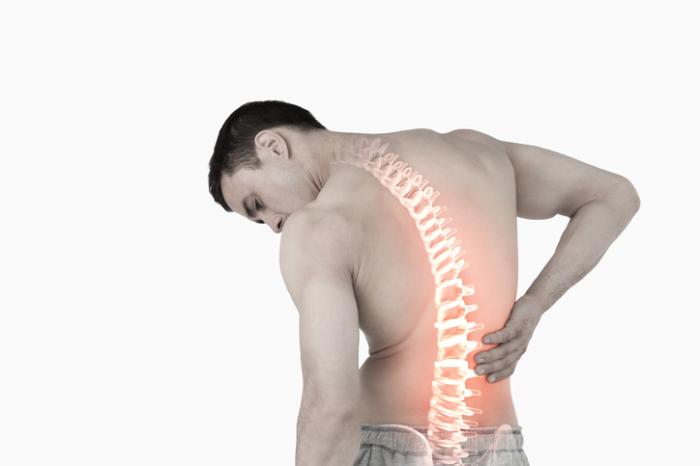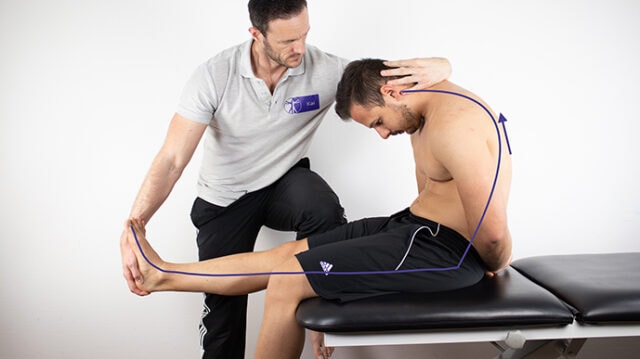Back pain is a common issue that can disrupt daily life and limit mobility. Whether it stems from an injury, chronic condition, or even stress, understanding your symptoms is crucial in seeking the right treatment. By accurately assessing your back pain, you and your healthcare provider can create an effective plan to manage and alleviate your discomfort.
Recognizing the different types of back pain and their potential causes is the first step toward recovery. For those in the Charleston area seeking professional advice, a Charleston chiropractor can offer tailored treatments and guidance.
Understanding Back Pain: What You Need To Know

Back pain can be complex and is influenced by various factors, including physical condition, lifestyle, and even psychological health. It’s important to understand the basics of back pain to better describe your symptoms to a healthcare provider.
Types of Back Pain
Back pain is generally classified into two types: acute and chronic. Acute back pain comes on suddenly and usually lasts from a few days to a few weeks. It’s typically caused by an injury or specific incident. Chronic back pain, on the other hand, persists for more than three months and may be less about an initial injury and more about underlying health issues.
Common Causes of Back Pain
Several factors can contribute to back pain, ranging from muscular strains to structural problems. Common causes include:
- Muscle or ligament strain: Repeated heavy lifting or sudden awkward movements can strain back muscles and spinal ligaments.
- Bulging or ruptured disks: Disks act as cushions between the bones in your spine. The soft material inside a disk can bulge or rupture and press on a nerve.
- Arthritis: Osteoarthritis can affect the lower back. In some cases, arthritis in the spine can lead to a narrowing of the space around the spinal cord, a condition called spinal stenosis.
- Skeletal irregularities: Back pain can occur when your spine curves abnormally. Scoliosis, a condition in which your spine curves to the side, also may lead to back pain, but generally only if the scoliosis is severe.
Symptoms and Diagnosis

The symptoms of back pain can vary from person to person. Doctors use various tools to help diagnose the possible cause of your back pain, which helps determine the best treatment plan.
Common symptoms include persistent aching or stiffness along the spine, sharp localized pain in the neck, upper back, or lower back, especially after lifting heavy objects or engaging in other strenuous activity, and chronic ache in the middle or lower back, especially after sitting or standing for extended periods.
Diagnosing back pain usually starts with a physical exam, where the doctor may check your ability to stand, sit, walk, and lift your legs, as well as your spine’s alignment, range of motion, and reflexes. Further diagnostic tests such as X-rays, MRI scans, or CT scans might be necessary to determine the exact cause of the back pain.
First Steps in Treatment
Initial treatments for back pain are relatively conservative. They aim to relieve pain without surgery and may include:
- Self-Care: Resting for a short period can help, but too much rest can actually harm you. Gentle activities that don’t strain or jolt the back are recommended.
- Heat and Ice Therapy: Applying heat or ice packs to the affected area can reduce inflammation and alleviate pain.
- Medications: Over-the-counter pain relievers like ibuprofen or acetaminophen can reduce pain and inflammation.
Special Tests for Assessing Back Pain

In certain cases, healthcare providers may perform specialized tests to diagnose the specific causes of back pain. These tests help determine whether the pain is related to muscle damage, nerve impairment, or other conditions. Here are three commonly used tests:
- Straight Leg Raise Test: This test can help determine if there is an involvement of the sciatic nerve which runs from your lower back down each leg.
- Femoral Nerve Traction Test: This is used to assess the integrity of the femoral nerve, which is crucial in diagnosing lumbar lordosis or anterior thigh pain.
- Crossed Straight Leg Raise Test: It helps identify lumbar disc herniation and can differentiate it from other causes of lower back pain.
When to Seek Professional Help
It’s important to consult a healthcare provider if your back pain is severe, does not improve with rest, or is accompanied by other worrying symptoms like weight loss, fever, or neurological impairments. Early professional assessment and treatment can prevent the condition from worsening.
Conclusion
Understanding and properly assessing back pain symptoms is the first step toward effective treatment and recovery. Accurately identifying the type and cause of back pain is crucial as it directly influences the treatment approach and outcomes.
Each individual’s back pain is unique, and the journey to relief is often personal and varied. Knowing what symptoms to monitor, when to apply basic first aid techniques, and when to seek professional advice can make a significant difference in managing the condition effectively.
A comprehensive approach, incorporating both self-care and professional guidance, is usually the most effective. Self-care practices such as rest, ice and heat therapy, and over-the-counter medication can provide initial relief.
However, if symptoms persist, worsen, or are accompanied by other concerning signs, consulting with healthcare providers is essential. These professionals can offer more targeted therapies such as physical therapy, prescription medications, or even surgical options if necessary.
Moreover, maintaining a healthy lifestyle, including regular exercise, proper nutrition, and good posture, can prevent many cases of back pain. It’s also beneficial to engage in activities that reduce stress, as emotional and mental well-being can significantly impact physical health, including back pain.
In conclusion, while back pain can be a complex and challenging condition to manage, taking proactive steps to understand and assess your symptoms can lead you toward a more pain-free life. Remember, effective management of back pain is not a one-size-fits-all solution but a tailored strategy designed to fit the specific needs and circumstances of each individual.



